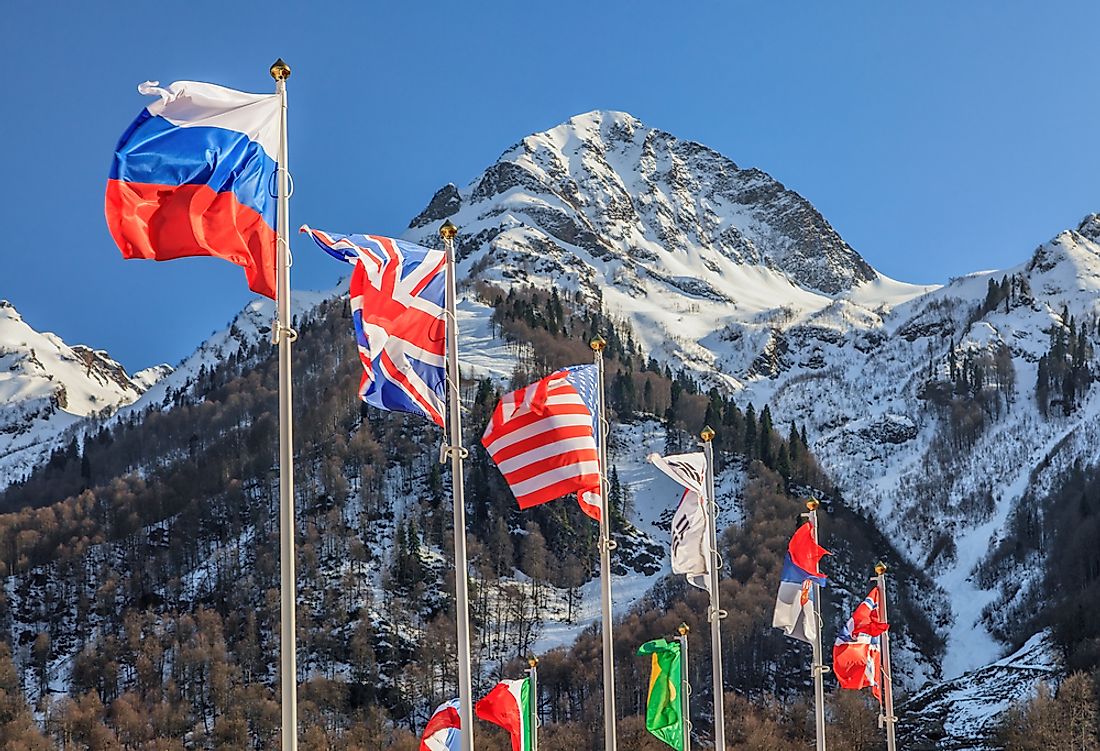What are Igneous Rocks?

Igneous rock is formed by the cooling and crystallization of magma or lava. Their name comes from the Latin root "ignis", which means "fire". Igneous rock can be found nearly everywhere on the earth's crust, particularly near volcanic hot spots.
Origins And Process Of Igneous Rock Formation
Igneous rocks can be formed in a number of ways including:
- Through lava erupting on the surface of the earth.
- By the cooling of shallow to deep magma beneath the earth's surface.
Extrusive igneous rock is formed by the cooling of lava after it erupts on the surface. Intrusive igneous rock is formed when shallow magma cools, and plutonic igneous rock comes from magma deep beneath the earth. Lava cools fastest at the earth's surface, while magma, which cools more slowly, can form larger mineral crystals. Although magma is commonly considered to be a liquid, it is actually a partially-melted fluid loaded with minerals. As it cools, these minerals crystallize at various times, causing the rock to undergo a compositional transformation. Further evolution occurs as the magma encounters other types of rocks on its journey through the earth's crust.
There are three areas on earth where igneous rock is formed:
- Subduction zones: Subduction zones are caused by the subduction of one dense oceanic plate under another. Ocean water meets comes into contact the earth's mantle underground and lowers its boiling point to form magma, which rises to the surface forming volcanoes.
- Convergent boundaries: Convergent boundaries occur with the collision of large land masses, at which point the crust thickens and heats up to its melting point.
- Hot spots: Hot spots, such as Hawaii or Yellowstone National Park, are formed as the earth's crust moves over a thermal plume. Heat from the plume melts the crust directly above it, forming extrusive igneous rock.
Types And Textures Of Igneous Rocks
An igneous rock is classified by its primary minerals. "Dark minerals" including feldspar, quartz, amphiboles and pyroxenes can be found, along with olivine and mica. It can be further classified according to the size of mineral crystals in its composition.
Extrusive rocks cool over a short period of seconds to months and subsequently have aphanitic crystals that are too small to be seen by the naked eye. Intrusive rocks cool over thousands of years and contain phaneritic crystals that can be easily seen. Plutonic rocks contain phenocrysts, large crystals that can be up to meters across and seem to float within the mass of fine grains. Plutonic rocks are porphyric, taking millions of years to fully cool, and tend to solidify in one tightly-packed, uniform layer.
Basalt and granite are the two most common forms of igneous rock. Basalt is dark and finely-grained, a mafic rock type rich in iron and magnesium, and can be either extrusive or intrusive. Granite is a light-colored plutonic rock rich in quartz and feldspar. This felsic rock is formed deep beneath the earth's crust and can only be discovered after extensive erosion of the surrounding minerals.
Where Are Igneous Rocks Found?
Basaltic igneous rock comprises nearly all of the oceanic floor. It can also be found in subduction zones and along the edges of the continents. Granitic igneous rock is found on land.



